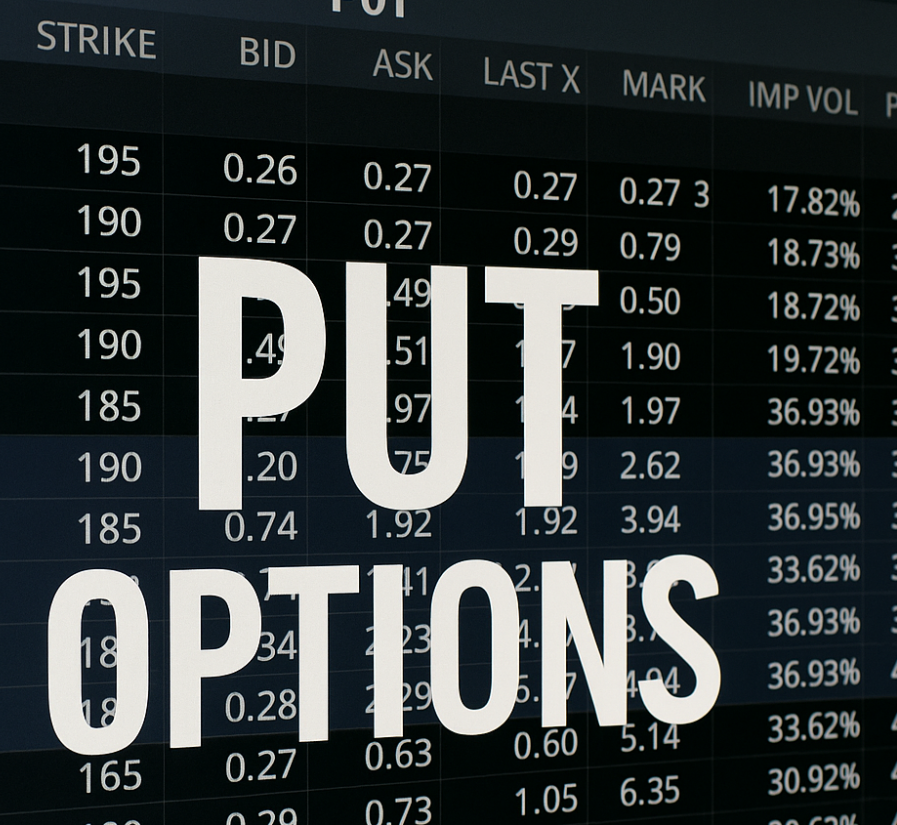
Put options can sound like something cooked up in a financial wizard’s lab, but at their core, they’re actually pretty straightforward. A put option is basically a contract. It gives the holder the right, but not the obligation, to sell a certain amount of an underlying asset like stocks at a predetermined price within a specific timeframe.
So, what’s in it for investors? Well, let’s break down the components a bit. There’s the strike price—the price you’d sell the asset for. Then, the expiration date is the deadline to make your move. And don’t forget the premium, which is kinda like a ticket price you pay to play in the options arena.
Investors might go for put options when they’re a bit skeptical about the market’s future. Maybe they’re forecasting a market downturn or just want a safety net to minimize losses. It’s like an insurance policy that lets you sell your stock at a decent price even if the market tanks.
Picture this: you hold a stock that’s currently doing fine, but you’ve got a hunch things might go south. You could buy a put option to secure the right to sell at today’s market value—handy when the actual goes downhill.
To make sense of all this, let’s sort out the jargon. Strike price sets the terms for selling the asset. The expiration date is your deadline to act. The premium is what you pay to keep this option on the table. These elements are the backbone of understanding how put options operate.
Strategic Use of Put Options: Tools for Novices and Beyond
Using put options can feel a bit like playing chess, where each strategy represents a different move on the board. Different ways of employing these options can cater to diverse market scenarios.
One popular move is the protective put. This is your shield against unexpected market downturns. If you own a stock that you’ve got great hopes for long-term but are nervous about short-term volatility, buying a protective put can help. It’s like buying an insurance policy, allowing you to sell at the strike price even if the market price drops, preserving your investment’s value.
For those looking to make a little extra income, selling put options can be a savvy maneuver. You receive the premium upfront, hoping that the market doesn’t go down and force you to buy the stock. It can be a win-win if played right but requires careful market reading.
The ‘Bear Put Spread‘ is another savvy play, aimed at those expecting a moderate decline in the stock value. In this, two actions are involved—buying a put at a higher strike price while selling another at a lower strike price. This approach limits risk while maximizing potential profits from a falling stock.
There’s also the ‘Married Put’ strategy, where you buy a stock and a put option simultaneously. This combination ensures the stock is protected against price drops while you remain open to potential price increases. It’s kinda like covering both ends with a safety net.
Of course, it’s essential to weigh the risks and rewards of these strategies. While options open up opportunities for profit and protection, they also demand a good understanding of market trends and risk tolerance. Approaching with clear goals and an informed mindset helps make the most of what put options can offer.
